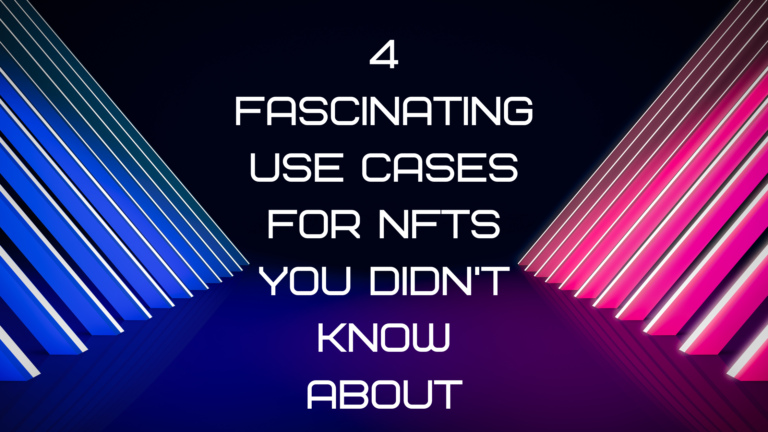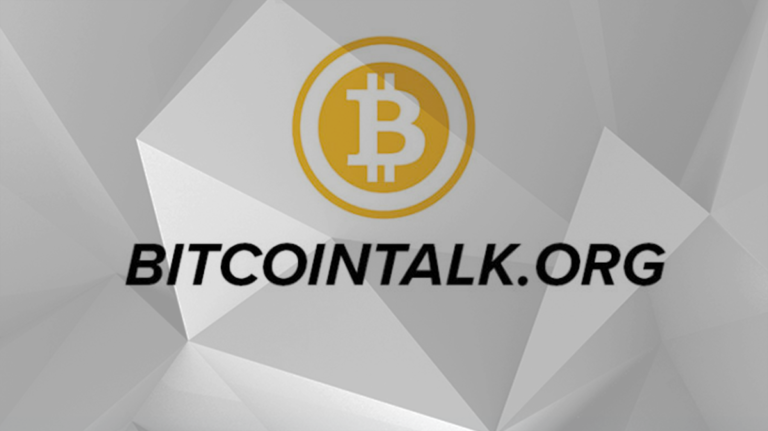
Gaming brings people together. Sure, modern game titles have been criticized for being more and more focused on the single-player experience but even solo gamers tend to bond and seek other gamers in spillover communities.
This is simply because gamers have been aware for a long time of something that everyone else is recently starting to figure out; there is a serious connection between people on the other side of a screen. Even the mere definition of gamification is associated with fun and participation. According to the Cambridge dictionary, gamification refers to the practice of making activities more like games in order to make them more interesting and enjoyable.
Enter NFTs
Then we’re now in a time where NFTs in gaming have arrived, many claiming to take gaming to the next level. We can’t deny that NFTs revolutionized many industries with their innovative take on ownership and we’re seeing huge growth within the gaming industry so this certainly proves traction. The tech now provides gamers and crypto investors with a set of benefits traditional video games couldn’t offer such as the ability to earn and be an active participant in a gaming’s revenue model. We’re seeing experimentation with interoperability of game assets as well.
But one of the most interesting things about NFTs is that the trend has also created a new type of community we’re only just getting used to seeing. One that not only has gamers but also crypto investors and gaming developers active all in one space.
Blockchain tech, as we know it, was once used only for the purpose of powering cryptocurrencies. Encompassing a secret ingredient divided into four divergent characteristics, namely decentralization, transparency, immutability, and improved security, these very same traits are now flexing their potential to revolutionize the gaming industry and many want a taste of that.
But going back to gamification, whose cornerstone is the fact that people are motivated to play because they are going through a personal journey through their in-game character. Humans need purpose, freedom, competence, autonomy… and connection; to cite Boba Fett, you can only get so far without your tribe.
So if we circle back to NFTs, we acknowledge that they are important for good gamification design because they enable a means of being unique and providing proof of ownership. But it is once we factor in the community-oriented NFT gaming approach which brings rewards to the table, that the magic really happens.
Let the Games Begin
In the past, games have always been trapped in a closed loop of centralized systems. A player enters an imaginary realm where assets, data, game currencies, and other things stay in the original game, and property rights go right to the developers. That wasn’t necessarily a bad thing: games were made for our enjoyment, and credit to those who created those games.
‘What happens in Vegas, stays in Vegas’ couldn’t be more true in the digital realm of old. Players had fun trying out new weapons, building their digital worlds, leveling-up characters, accomplishing missions, and gathering items. They invested a significant amount of time to do these things and for many, money was also part of that equation. But they ended up with zero at the end of their gaming journey. The worlds and characters and items they built didn’t have real-world worth to others. Gamers were merely passers-by, leaving everything they ever created at the door when they stepped back out into the real world.
Blockchain games brought something else to the table and resulted in a surreal change of perception. It posed the question: could we take out these digital things that gamers clearly treasured, and give them the same value in the outside world?
NFTs and blockchain provided a firm yes to that question, and the number of people saying yes to that question by buying and using NFTs tells us that we do want change while retaining the fun as well.
And it isn’t just about earning, either, or enabling tangible value to that which used to be intangible. It was also about emboldening the concept of open society and building new communities for the connections that gamers thrive in.
NFTs have created free and open marketplaces, and through independent economies, gaming guilds without the interference of developers. They have even provided the means to build bridges between gamers from different worlds via the factor of interoperability, giving new life to items, characters, and stories that otherwise would have stayed buried within their siloed game worlds when retired by developers.
NFT games aren’t just another passenger in that boat of keeping crypto assets in your wallet. They are about rules, mechanics, player interactions, and representations of every single thing that defined your game life.
They are bringing people together, in a new type of community, in a new way of seeing things.
So while we won’t tell people how to develop projects, there are lessons from the past in blockchain that we should pay heed to, especially when projects hark back often to the need for “community”. If blockchain projects are all about community, NFT games couldn’t see it more importantly – so game developers would do well to remind themselves to keep building on these foundations.
We certainly see some blockchain games echoing this sentiment that gaming is about the community and that purpose should guide the work. Cradles: Origin of Species, for example, ticks a lot of the boxes: they use NFTs, they use blockchain, they have a metaverse concept, and they’re a game. But their focus is clear: a community of gamers working with a gaming project, and building a great game first and foremost – everything else is the enabling tech, not the end game.
It’s easy to claim ideals to build a world that will have a large degree of freedom and the possibility for players to earn a broad amount of tokens and even use in-game materials to create their own NFTs and trade with other players. That’s literally what NFT games already do.
But they should also strive for innovation in the gameplay itself. Perhaps by varied means of staking. Perhaps by safeguarding and improving the way players attain IP rights to their own ideas and inventions, even their own mods. Other boxes that games like Cradles tick with their Staking in NFT system and EIP3664 protocol that will enable a wholly new concept of entropy-increasing worlds.
NFT games, with a healthy sprinkling of metaverse concepts, should eventually make it possible to build a world with unlimited possibilities to connect, to immerse, to experience, and to enjoy. A world that – if deemed fit and appropriate by the community – will one day be governed by its inhabitants, its future dictated by its community. A world where players, developers, token holders, creators can leave their imprints.
Many white papers say their project was founded on the concept of community. There should be no intent to change that.






